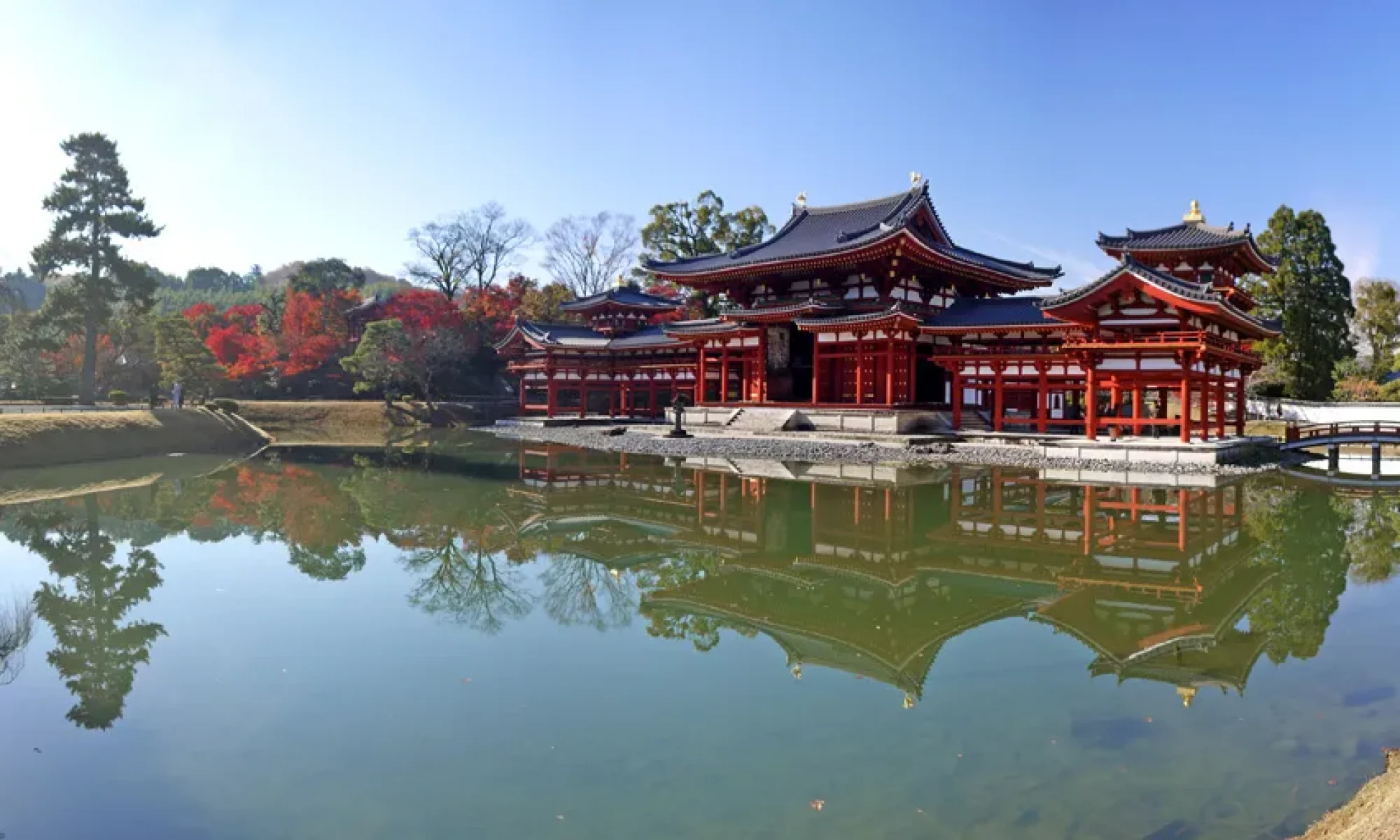The Triple tower
The three-storied pagoda is about 31 meters high and is one of the largest towers in Japan.It is a symbol of Kiyomizu-Temple because it can be seen well from the city of Kyoto. It was built in 847, but the current pagoda was rebuilt in 1632. It enshrines the statue of Dainichi Nyorai and is designated as an important cultural property.




















